
Low water flow RO filters Tank Pressure Problem
Too much air pressure ( say over 10 psi on a small tank ) will result in good water flow but will severely limit the amount of water that can be stored in the holding tank. So, it is recommended to put 8 psi of air in your under the sink reverse osmosis holding tank.

Reverse Osmosis Tank Pressure Gauge Censtar
Find best value and selection for your Reverse Osmosis Tank Pressure Gauge search on Censtar. World's leading marketplace.

Aquarium Storage Tank RO Storage & PSI Gauges
Aquarium Storage Tank, Drinking Water Pressure Tanks & PSI Gauge Products Drinking Water Pressure Tanks & PSI Aquarium Gauges. This is commonly called an RO aquarium storage tank. It is a bladder tank. Hydroneumatic, bladder, captive air, reverse osmosis RO storage & pressure tank are all common names for these tanks.

Troubleshooting a bladder pressure tank
A bladder pressure tank contains pressurized air and water separated by a flexible membrane (bladder). These tanks are typically precharged with air at the factory. As water pressure changes, the volume of air in a bladder tank contracts and expands. Periodically, the amount of air in the tank

: reverse osmosis tank pressure gauge
Express Water Alkaline Ultraviolet Reverse Osmosis Filtration System 11 Stage RO UV Mineralizing Alkaline Purifier with Faucet and Tank Mineral, pH + 100 GDP with Pressure Gauge & Clear Housing

Manual for Recharging Air into RO Pressure Tank EDEN Filters
Manual for Recharging Air into RO Pressure Tank PROCEDURE FOR RECHARGING REVERSE OSMOSIS BLADDER TANK WITH AIR When you turn on the faucet you notice low water pressure from the storage tank and only a quick burst of water come out of the system, and it dies down to trickles.

How to Re Pressurize Your Tank : Free Drinking Water Support
Turn off the feed water supply to the RO. Drain the old tank completely thru the spigot. Close the tank’s Ball Valve. Point Y on Figure 1. Disconnect the YELLOW line from the tank valve; Locate the pressure valve under the blue cap on the tank. Use an Air Pressure gauge to check the current Air Pressure.

Reverse Osmosis Tank Pressure and How To Repressurize
0 Reverse Osmosis Tank Pressure and How To Repressurize. If your reverse osmosis system has a water tank in it that’s meant for storing RO water, then you’ll need to periodically check the pressure in the tank and re pressurize it as necessary.

How To Re Pressurize Your Reverse Osmosis Holding Tank
The number one reason for low water flow from a reverse osmosis system is due to the holding tank losing its air pressure. This video describes how to service your RO holding tank and re

Pressure Tanks at
Shop pressure tanks in the water pumps & tanks section of . Find quality pressure tanks online or in store.

Tier1 Comparable Reverse Osmosis Tank Pressure Gauge
The 54846 RO Tank Pressure Gauge measures air pressure per square inch (PSI) in 1/2 PSI increments. Standard 3.2 gallon water holding tanks should be 8 PSI when empty, and 36 PSI when full. This gauge is the obvious choice for keeping your RO tank in the effective range.

Tank Pressure Gauge (0 20 psi) Fresh Water Systems
Intended Use: Over time, the bladder of your tank will lose air pressure. This will cause your system to operate incorrectly. Use a Tank Pressure Gauge to monitor the air pressure in your RO bladder tank. Features: Measures from 0 to 20 psi (pounds per square inch) Measures in

54846 RO Tank Pressure Gauge (1 20 PSI) by Tier1
Standard reverse osmosis tanks (3.2 gallons) should be 8 PSI of air pressure when the tank is empty. If the RO tank is full, it should be 36 PSI. With the 54846 holding tank air pressure gauge, you can easily check and maintain the holding tank air pressure to keep your

How To Re inflate or Re Pressurize A Storage Tank To A
When you notice that water that's coming out of the faucet for your Reverse Osmosis Drinking Water System is coming out slow than it's time to add more pressure to the storage tank.

Reverse Osmosis Membranes Residential & Commercial RO
The number one reason for low water flow from a reverse osmosis system is low air pressure in the holding tank. With this holding tank air pressure gauge you can easily check and maintain the holding tank air pressure to the required 8 PSI of air pressure to

Why Is My Reverse Osmosis Not Filling My Tank? Hunker
A properly installed reverse osmosis (RO) unit will give you water almost as pure as distillation. Why Is My Reverse Osmosis Not Filling My Tank? Open the unit's tap and allow the water to run until the tank is empty. Use a pressure gauge to check the air pressure in the tank. The pressure in an empty tank should be eight pounds. If the

Facts About RO Tanks and Valves Pure Water Products, LLC
A reverse osmosis tank is simply a miniature well tank. Pressure tanks on wells and RO tanks work the same way. Water enters and leaves the tank through the same tube. Does Water Come Into Contact with the Plastic/Metal Shell? Inside the tank is a bladder made of a material called butyl. Water does not touch the metal or plastic shell of the tank.

Reverse Osmosis Accumulator Holding Replacement Tanks
Air pressure gauge for reverse osmosis water accumulator tanks Specially calibrated for reverse osmosis system tanks. Scale from 1 to 20 PSI. Large scale reading over small PSI range allows optimum accuracy. Just like car tires lose air pressure, so does the bladder of your reverse osmosis water accumulator tank.

Reverse Osmosis Parts & Accessories
Discount Filter Store carries dozens of parts and accessories for your reverse osmosis filter system, from RO filter tubing, pressure gauges, and membrane flush kits to RO bladder storage tanks, UV water sterilizers, and more.

Reverse osmosis tank not filling what are the solutions
#1: Low air pressure in RO tank. The most common reason for reverse osmosis tank not filling is due to insufficient air pressure in the storage tank. The right pressure should be around 5 7 psi. If the air pressure in your storage tank is not around that range, then water will not fill smoothly. You can measure air pressure via a low air

Five Common Reverse Osmosis Systems Problems
As a result your reverse osmosis system will constantly drain, waste a ton of water, and make a lot of noise. To fix this issue there are two potential tests you will need to run. But first you will need to measure the pressure in the tank using a pressure gauge. Make sure the tank is full before you try to measure the pressure.

Residential Water Storage Tanks
The RO 132 W14 / RO T25 P reverse osmosis tank is the most common size RO tank for home reverse osmosis systems. If you would like a larger or smaller tank than you currently have, you can select a different tank but be sure it will fit in the space you have available and remember to get a new ball valve for the tank.

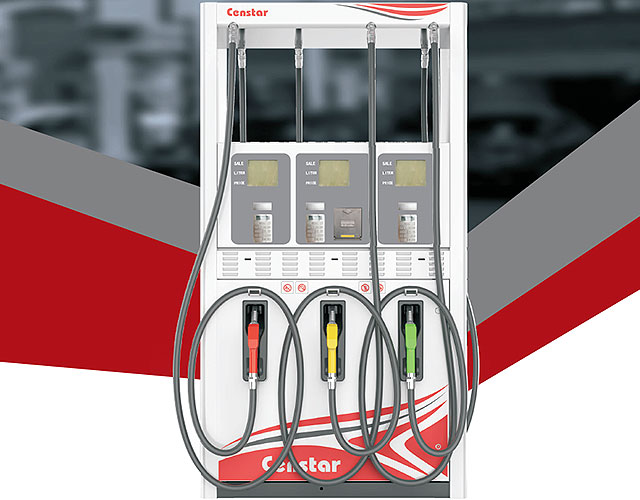
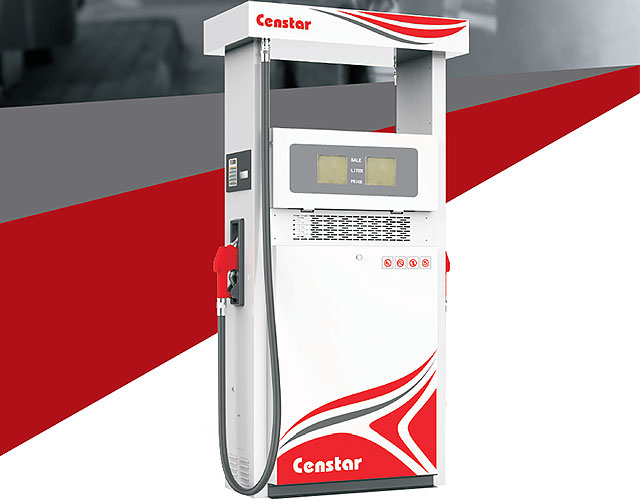
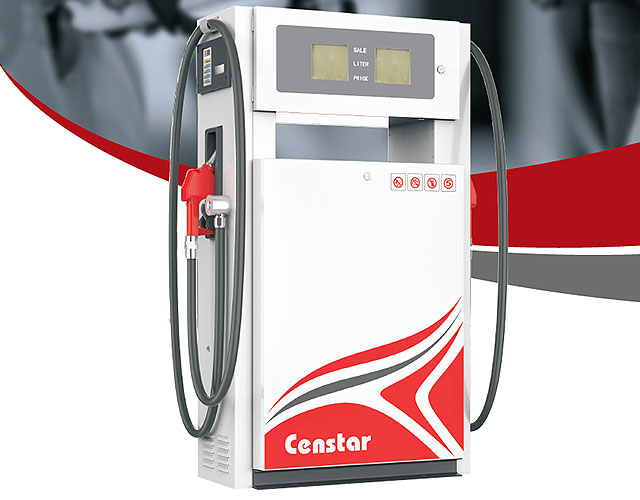
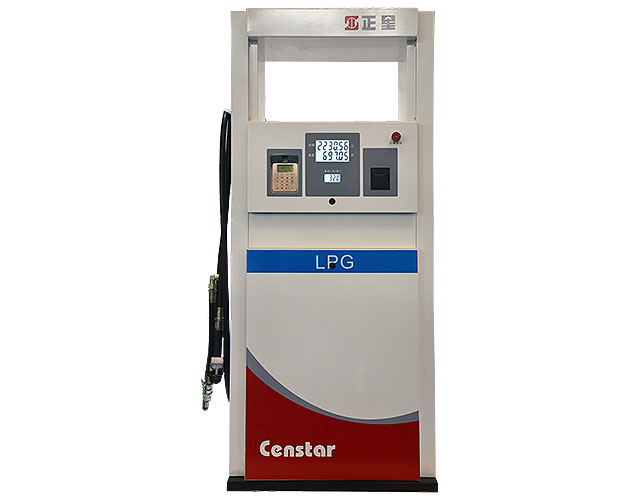
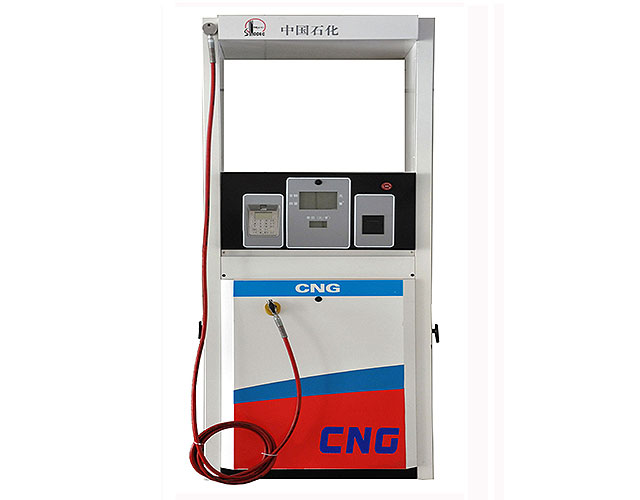
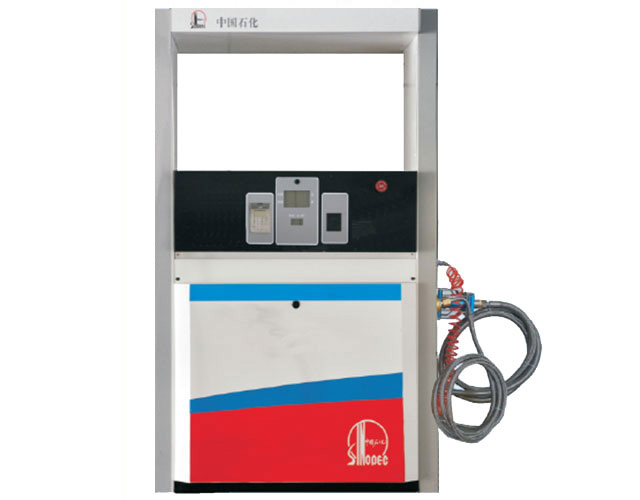
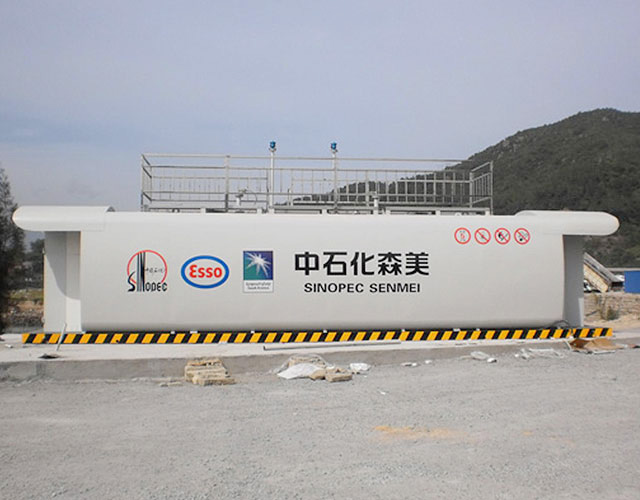
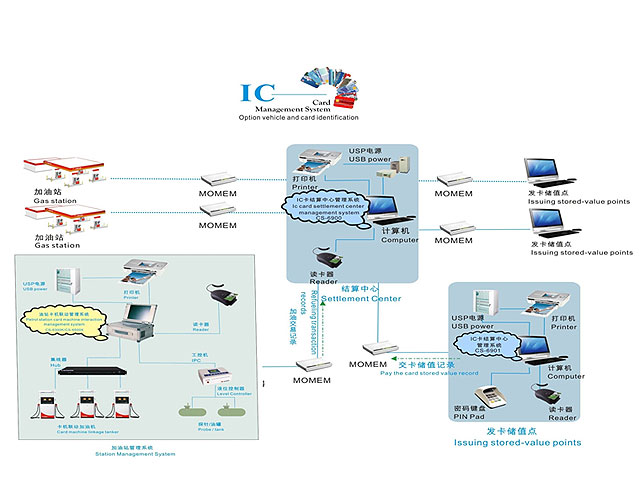
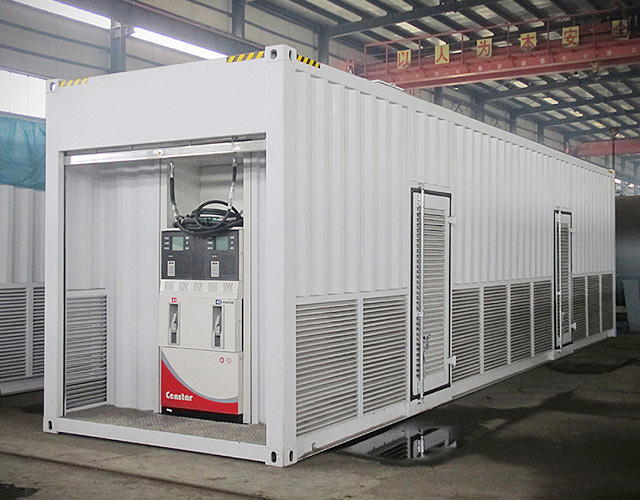
 Message
Message tel
tel Inquiry
Inquiry